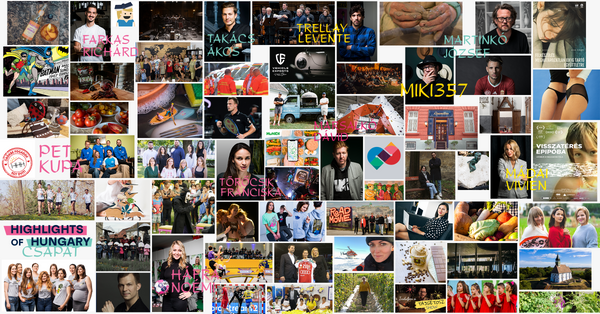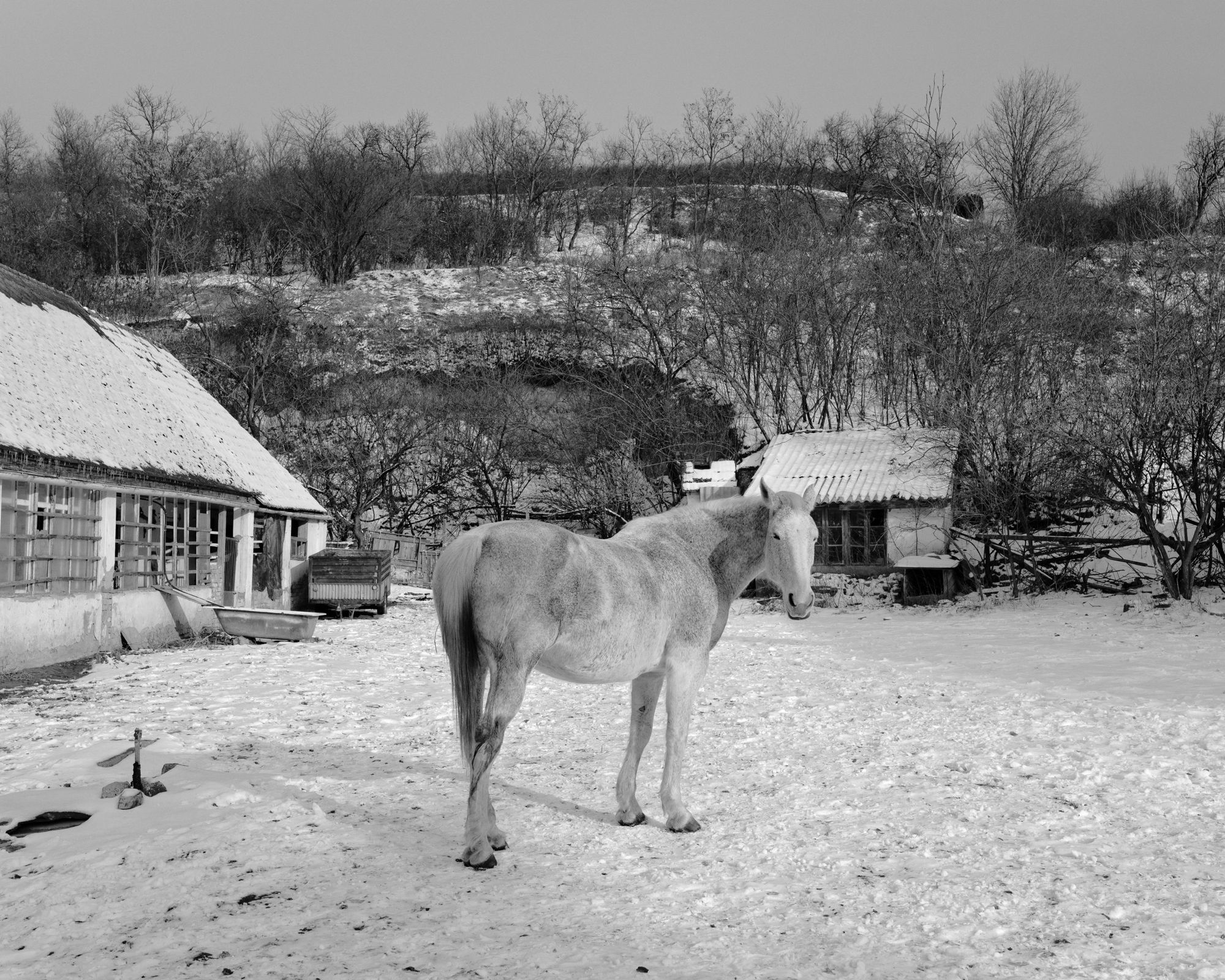A sense of childhood safety, being at home, and a feeling of complete inner peace for one hour in every two weeks. The shots of photographer Ákos Major’s latest series titled Apa csavarog (Dad’s walks) documenting the artist’s walks in Paks invite us on a journey beyond the wide angle shots, to up close. Interview!
Even though Dad’s walks is fairly similar to your previous series in terms of perspective, it is a much deeper and more personal project. The location is Paks, the city where you grew up, and your father also makes an appearance on the photos. 2020 and the pandemic prompted all of us to turn inwards—to what extent is your new project influenced by this change of focus?
I have been photographing Paks and its vicinity for years now, but I only decided what kind of series to compile of these photos in early 2020. By February, it became obvious that we wouldn’t travel for a long time, so it was somewhat evident that I would focus on a more intimate work. Even though we live in Budapest, we spend a lot of time in Paks—there I can take photos all around the place freely. I’m not the kind that steps out and takes a bunch of great shots immediately. I need time to create, a sort of switch or transition—and the roughly one hour it takes to travel to Paks gives just enough time for that. When I arrive there, I leave the car with a completely different state of mind, and I can’t wait to go on a walk with my camera.
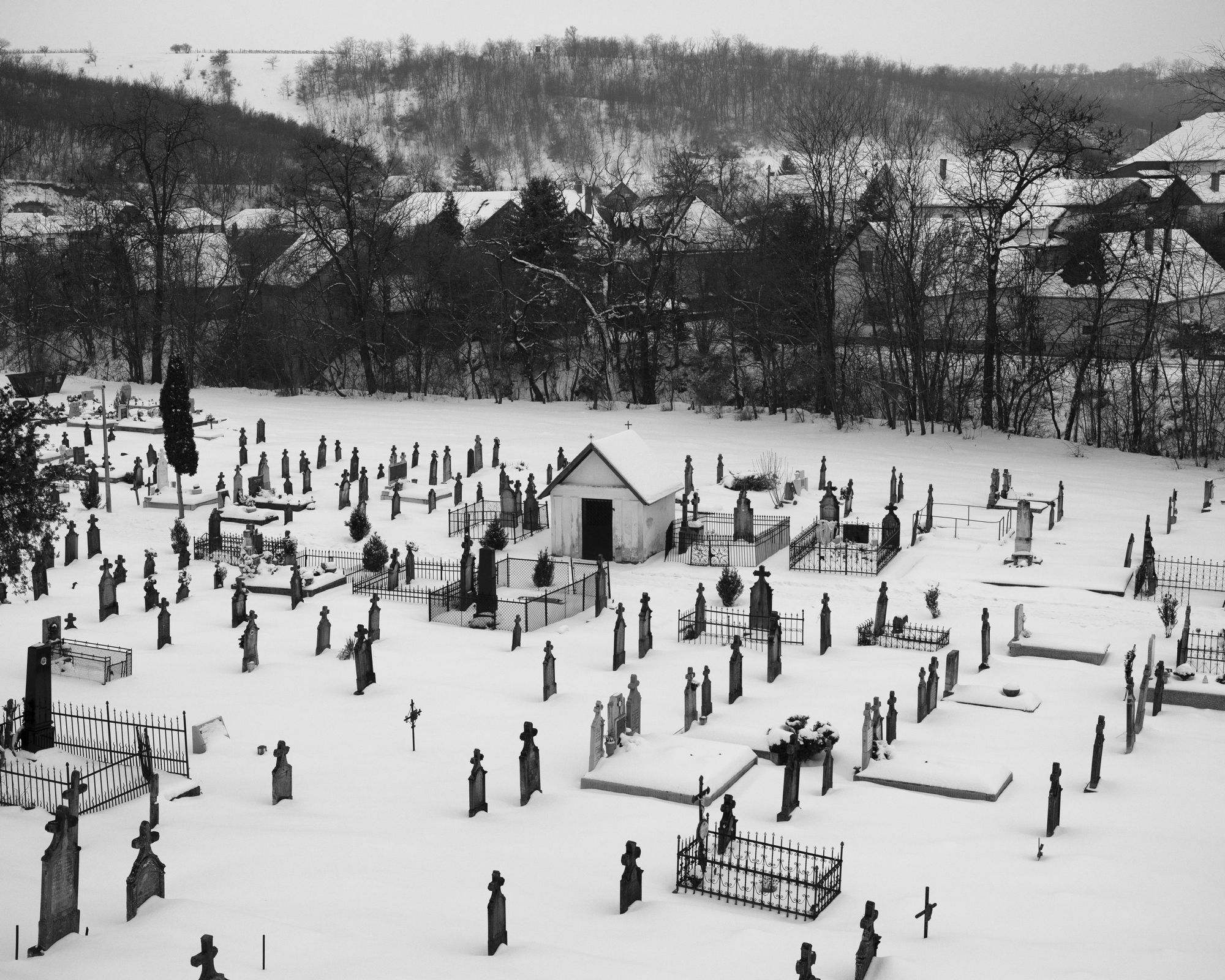
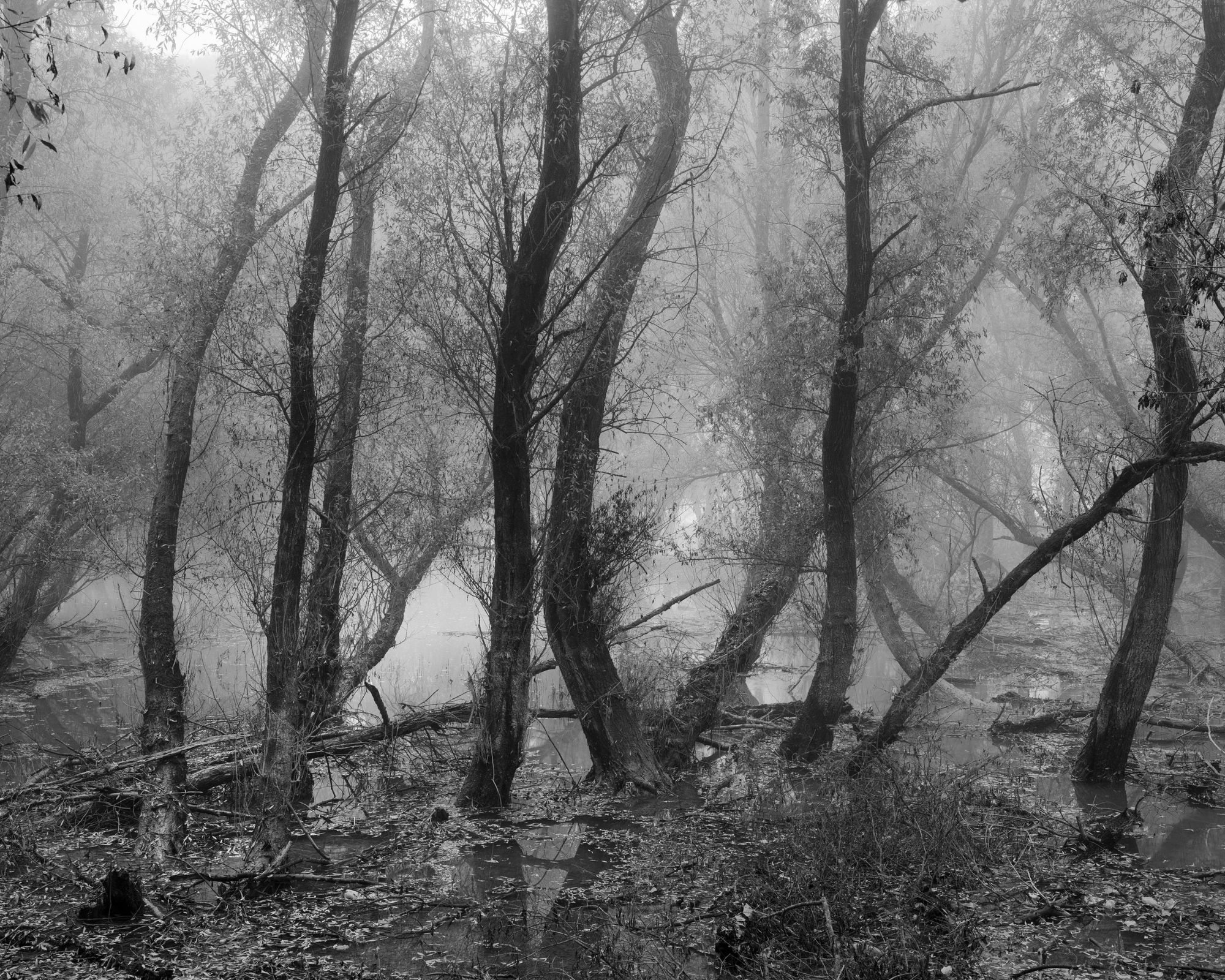
The photos show life, death, the present and the past all at once—a black and white world, with strong contrasts. Am I right to think that the monochrome tone is partly due to this?
I have been taking a lot of photos on black and white film earlier already, but I never really published them. I scanned thousands of family photos as well as shots about my everyday life, but somehow it never occurred to me that I should share these with the world. The reasons why Dad’s walks is on black and white film are manifold: on the one hand, I already had a concept laid out in my head about the aesthetics of the series from the very beginning—I wanted to differentiate these from my previous works. And there were of course more mundane reasons: color film is expensive—well, there’s that! To put it simply, I can take more photos on black and white film from the same amount of money. Plus I have known it from the very beginning that in this project I would have no control over the weather I will work in, even though usually my photo sessions depend greatly on the weather. This series was made in a way that when we went to Paks to visit my parents, I went for a walk for a few hours, while the kids were with their grandparents. This meant one day usually in every two weeks, with rain or with sun—I had no way of scheduling my sessions according to the weather. I wanted to display the conceived visuality consequently, this is why I opted for black and white film—at the same time, it was also important to avoid a forced dramatic effect on the photos. Perhaps the things you’ve mentioned were there in my subconscious at the time. I am forever captivated by the beauty of passing: I like to give in to melancholy, but I try to steer clear of sentimentalism.
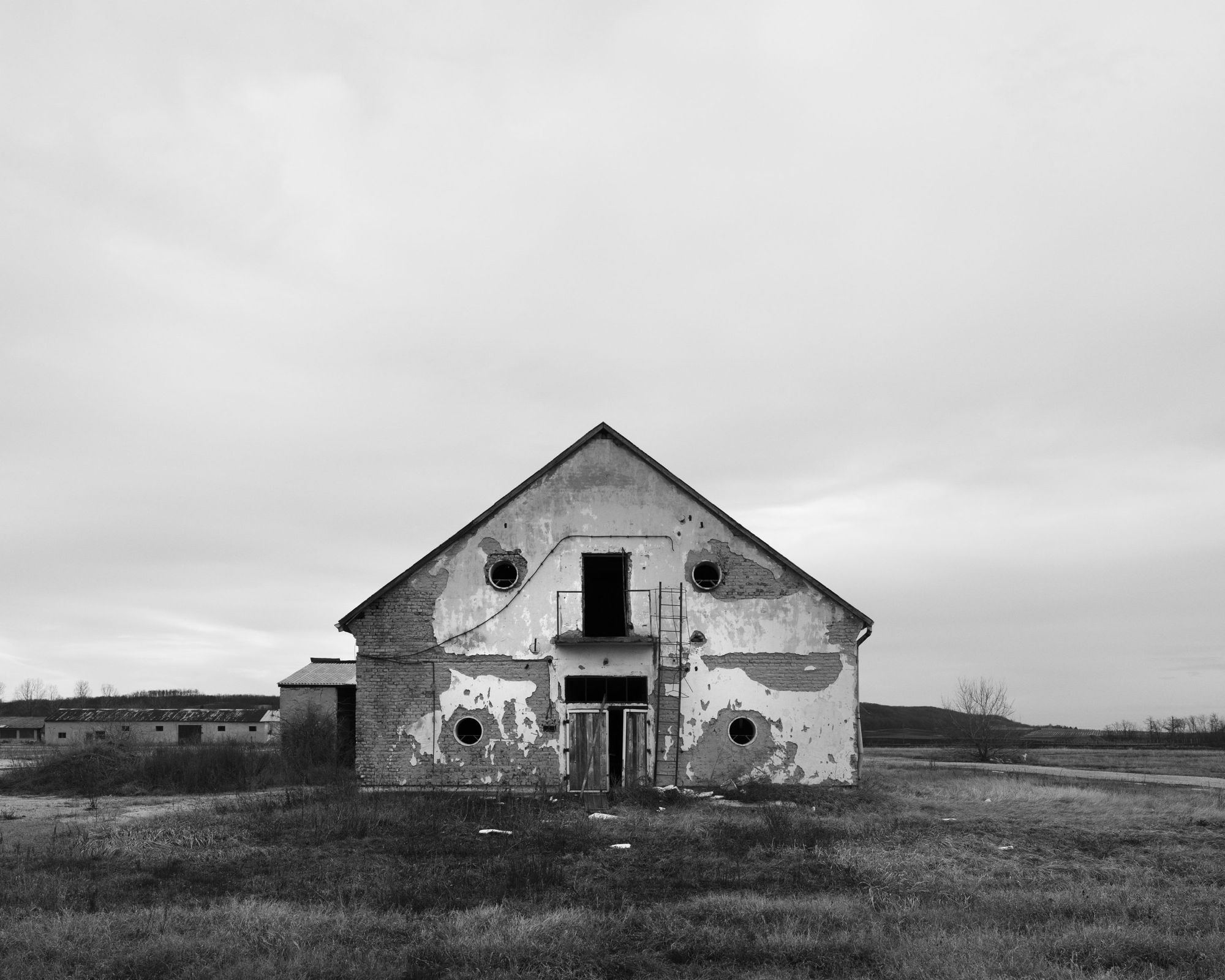
Did you take your shots in a pre-planned, conscious manner or did you take out your camera spontaneously, following your gut?
As I was at home, I usually knew where I wanted to go. Most of the time I also knew what kind of feelings or visions I was looking for. I always figure out these in advance: I go until I find something that can be associated to them. When I feel that I succeeded, I go to the lab or sit down in front of the computer with great enthusiasm and excitement and can’t wait to see how it turned out. Of course, there are times when I go home without using my camera once, but at least I had a good walk.
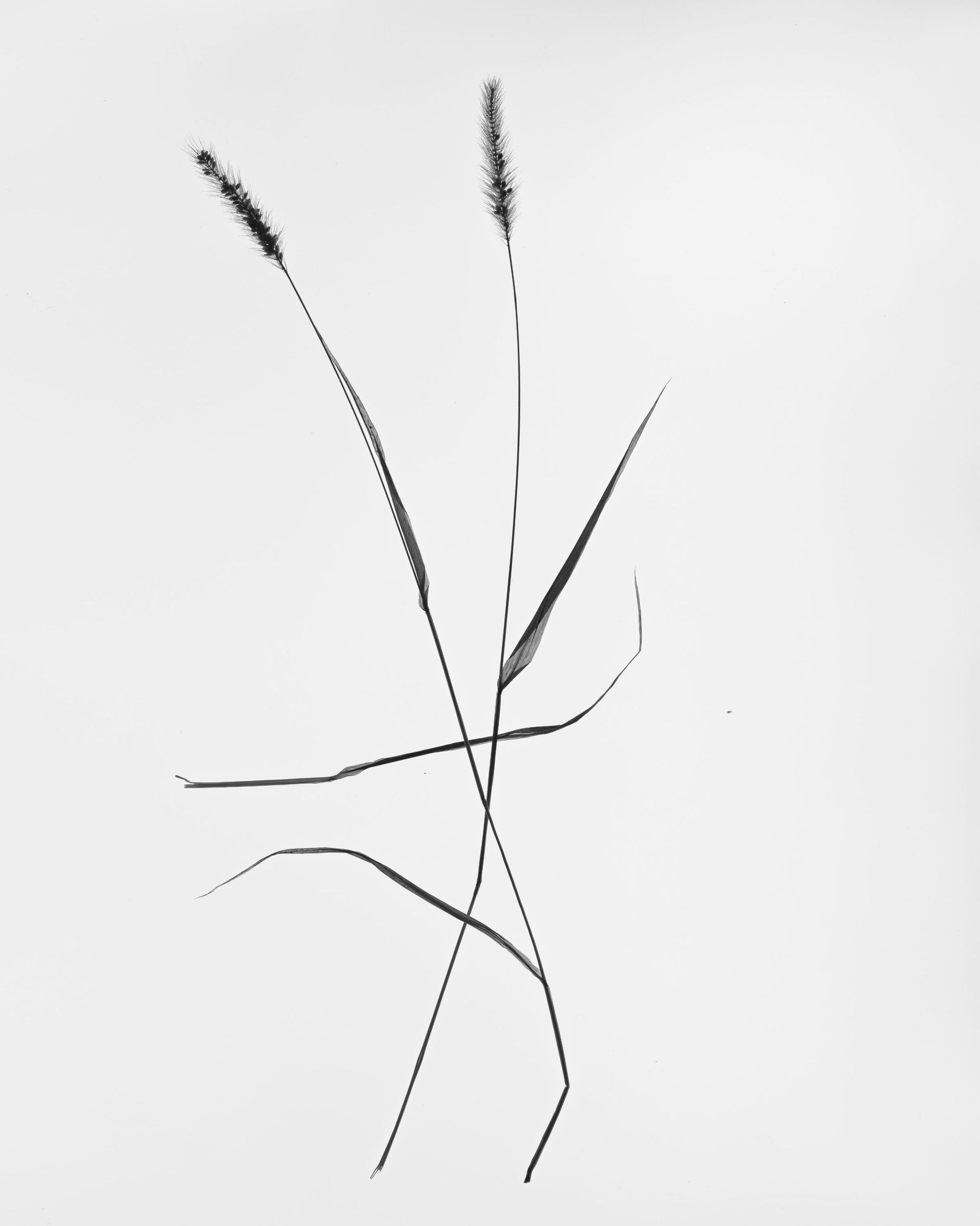
When we were kids, we used to put the beautiful flowers and nice leaves between the pages of books to press and preserve them as memories. These imprints also appear in your material exhibited in TOBE gallery; the veins of leaves, the airy combinations of dried flowers— and even the houses captured—become very human and alive in your work and reflect well on the shots often depicting barren landscapes. What do these “imprints” symbolize to you as an adult, as a father?
I often take all kinds of smaller plants home from my walks, which my kids enjoy pressing very much. We have a big box full of these plants and flowers. I added some of these into my series, as well—in addition to the wide angle shots, I also wanted to show something from up close in Dad’s walks. These almost “macro” shots tell really good stories, by the way—they show a completely different image in a large size than when displayed on Instagram, for example. It’s worth checking them out in the gallery.

As already mentioned earlier, the title ‘Dad’s walks’ actually refers to your walks, and not your dad’s.
This series actually includes my entire family—even though I don’t show them, they are still very much present. Only my Dad makes an appearance. This is a fresh shot, and not long after it was made, my father was taken into the hospital. While I was compiling the material for the exhibition, I felt that he needed to be there.
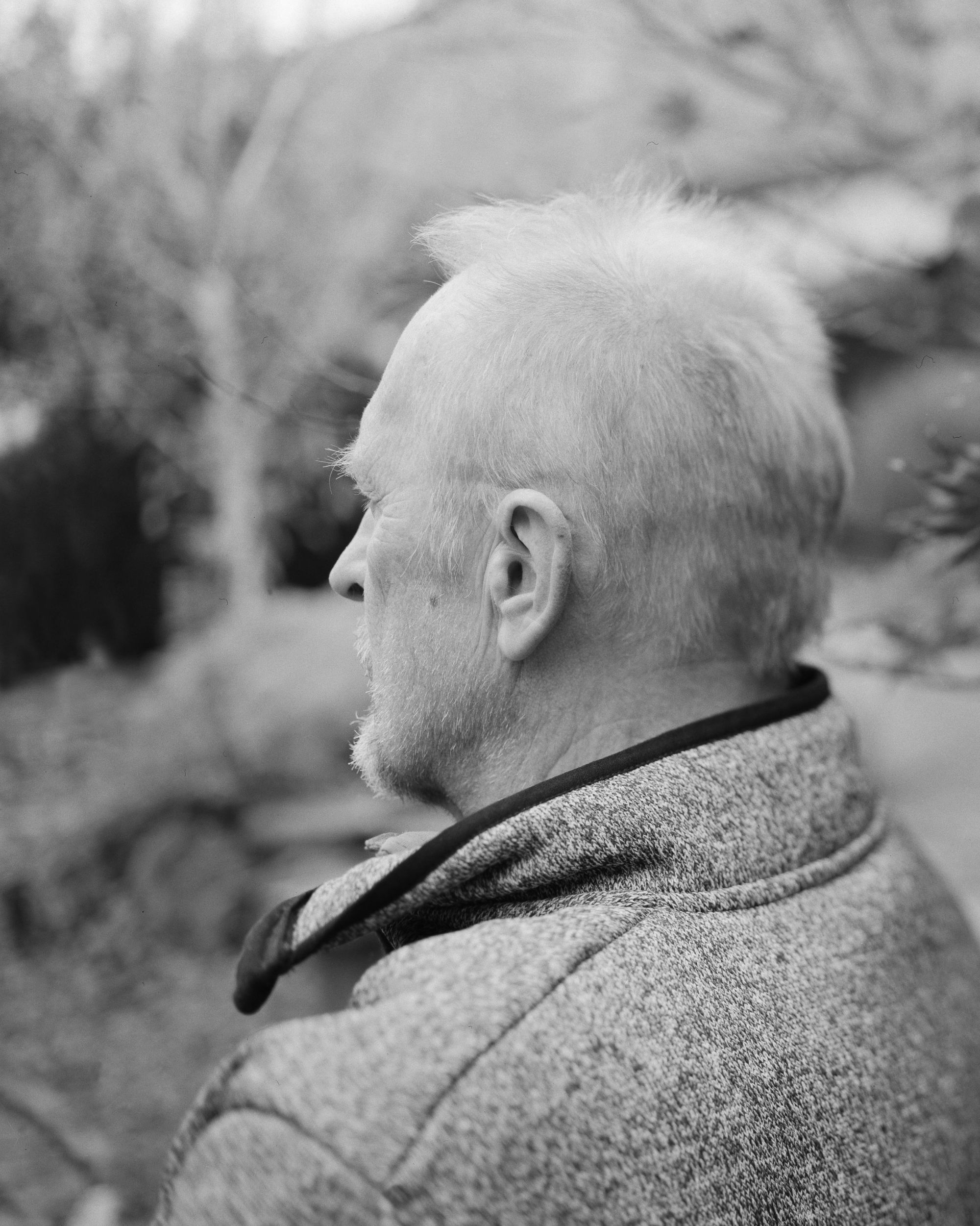
What does Paks mean to you? What do you bring from there to your everyday life in Budapest?
I moved away from Paks at the age of fourteen. I have a lot of childhood memories from here, but the teenage friendships, and the years of my adolescence are already connected to Pécs and Budapest. I only started to re-discover the city in the past years: many times I find it more idyllic than the friends and acquaintances who stayed and had families here. To me, it is the island of calm, where I can breathe and recharge myself. This is particularly true for Ürge-mező, a field that forms part of the Dél-Mezőföld Protected Area near the city. This place has a very good atmosphere.
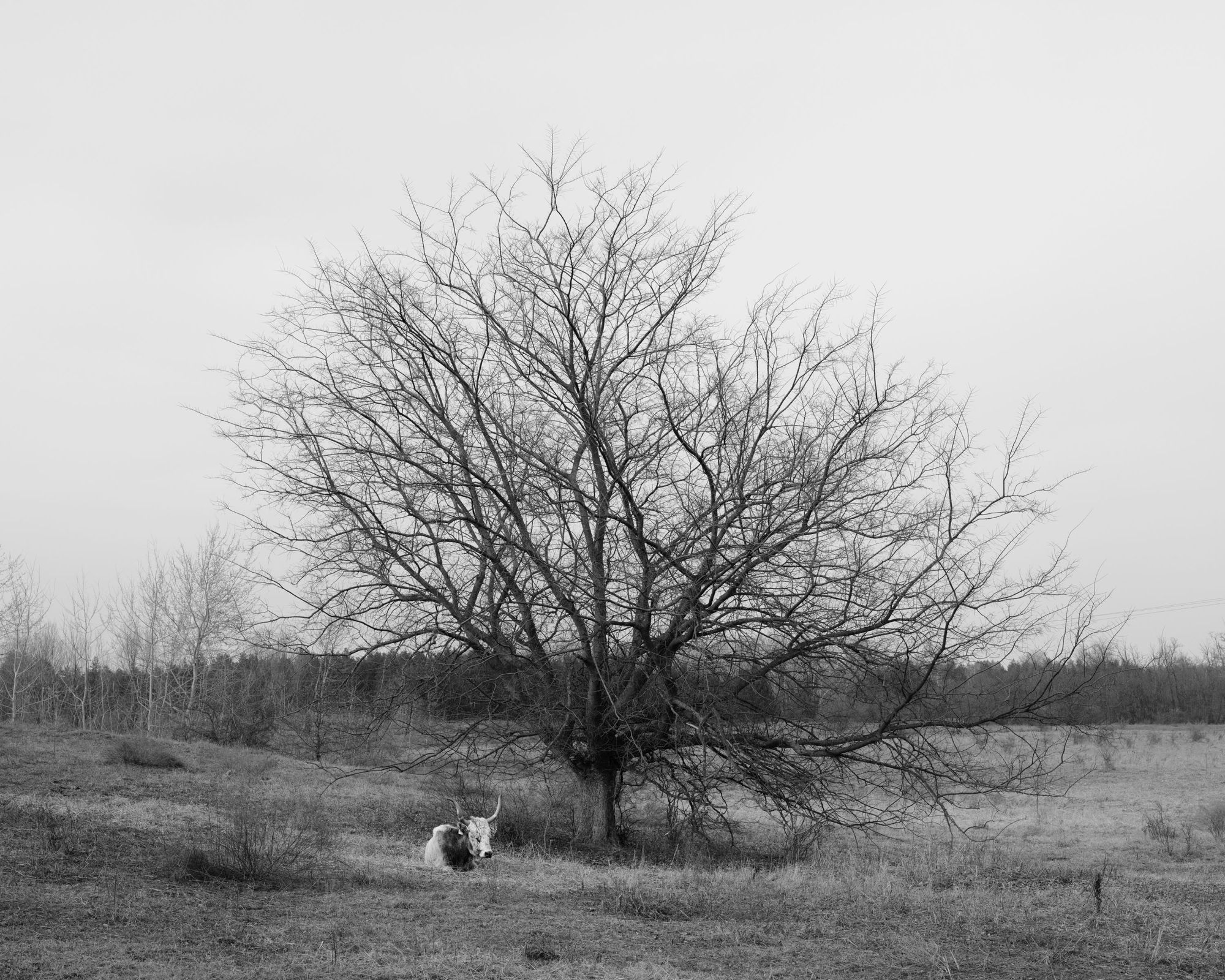
I saw on your Instagram feed recently that you got an old automatic analogue camera. How do you pick the camera for a series or a given shot? What type of camera did you use for the Dad’s walks series?
It was a digital one, but you are right, it looks just like its analogue version. I was longing for one for a long time, and so far I have been enjoying it very much. I use it to photograph my kids and the life of my family. Otherwise I don’t like switching cameras too much, I have been using the same three for quite some time now. I have been photographing almost everything with a Mamiya 7 for ten years, which is a medium format film camera—we have grown together completely. In addition, I also have a sheet film, a large format and a digital medium format camera. I had a lot of cameras, I used to buy and sell a lot of them, but I really used these three when making Dad’s walks, too.
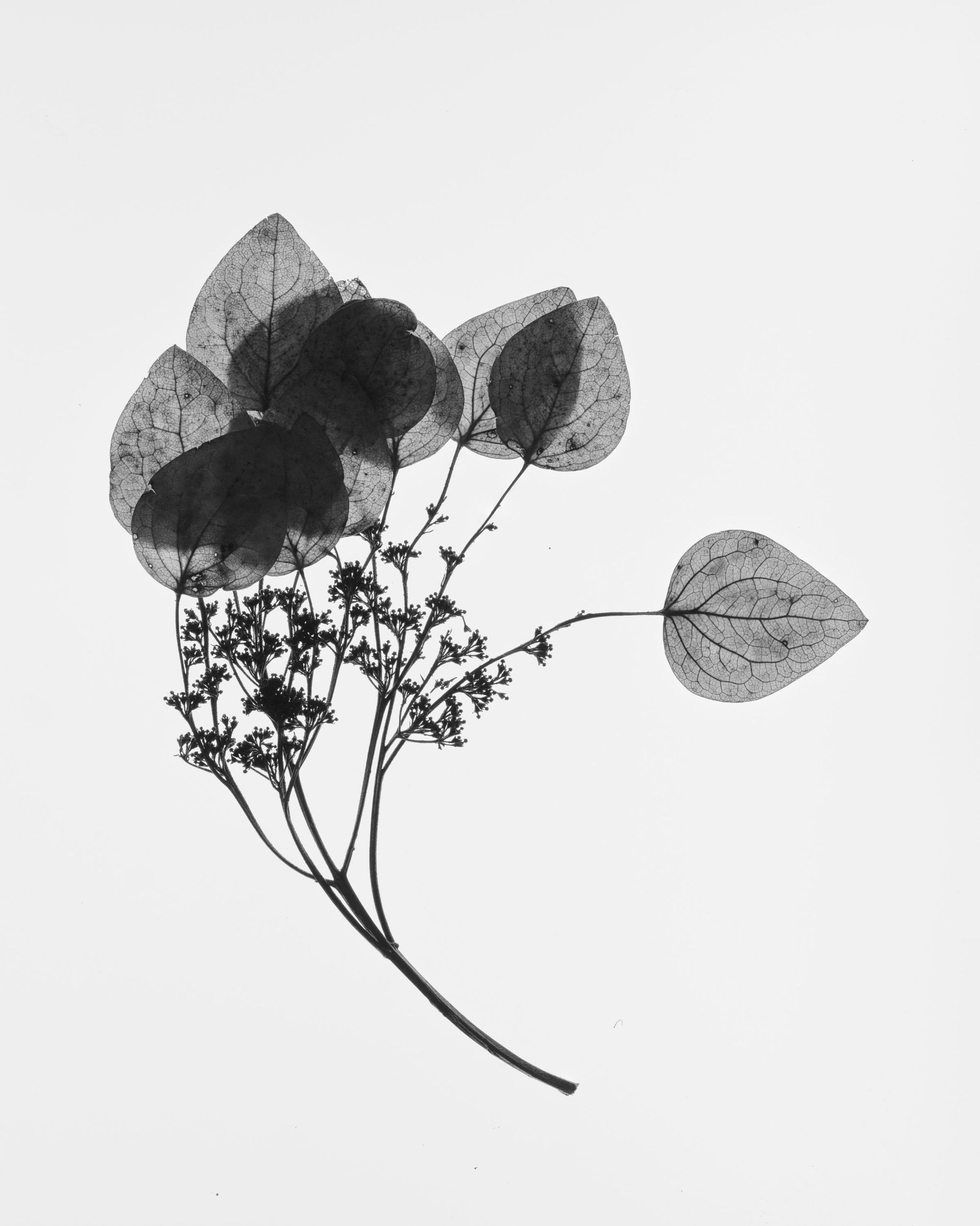
Do you plan to continue the series? What other goals or series do you have in your mind or perhaps in the making?
Yes, I plan to continue it: I cannot and don’t want to end it here. It gives me comfort and I enjoy doing it very much. I need those hours when I am making it. When I have more time, I will start working on the other things I have been planning for a long time, too. But until then, I continue to go on walks.
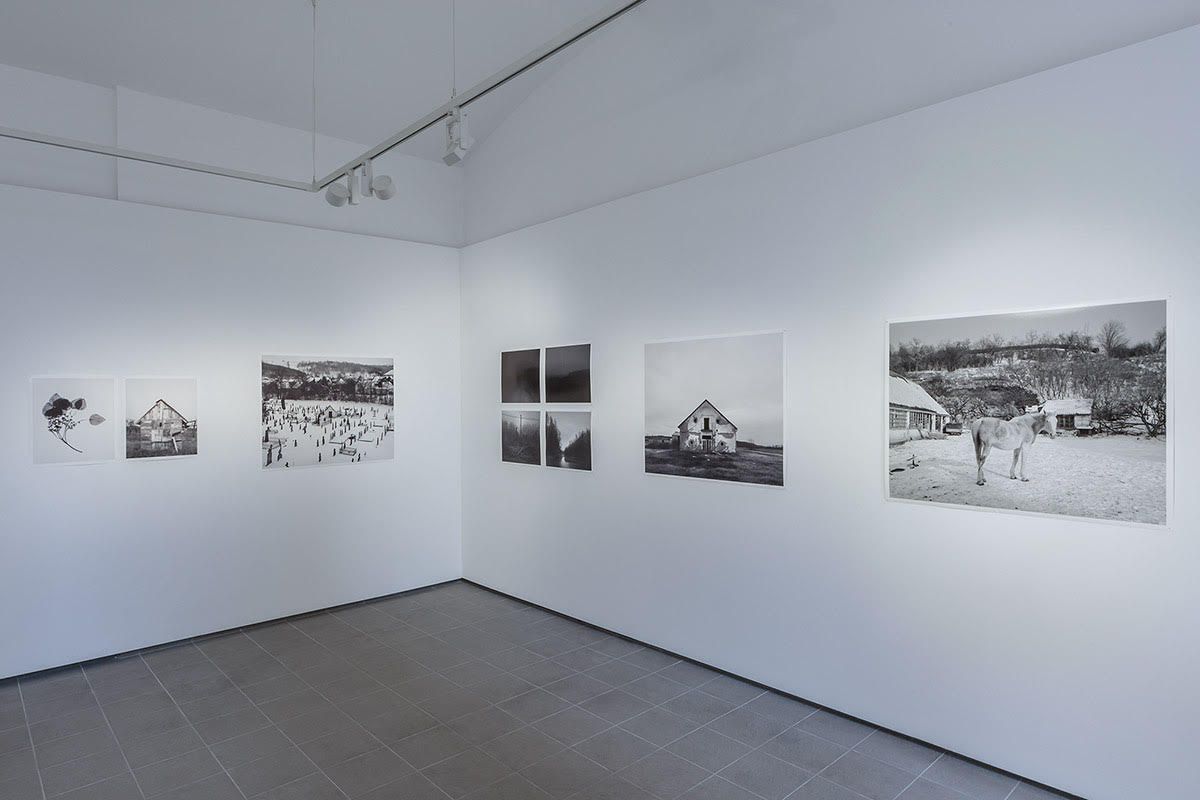
You can check out the exhibition titled Dad’s walks until February 27 in TOBE Gallery. Visit the gallery’s website for opening hours and more info.
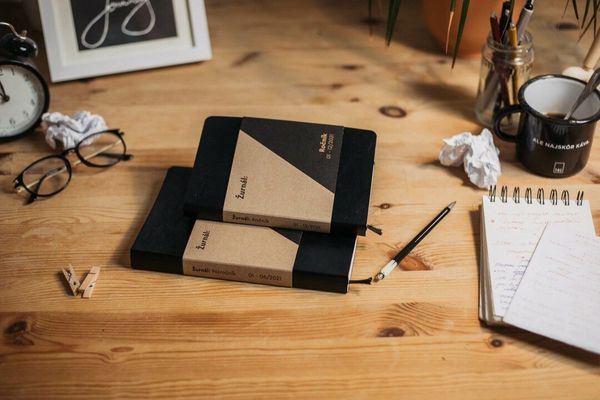
Conscious planning, on paper | madebythe:
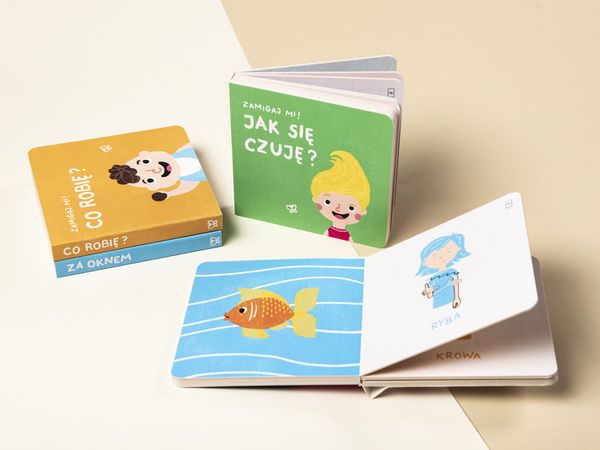
Graduation Projects 2020 | Hype selection
